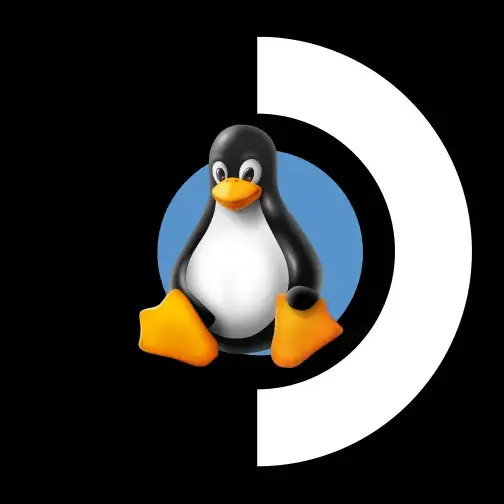

No but I could see SteamOS taking this crown in the long run
while(true){💩};


No but I could see SteamOS taking this crown in the long run


Let’s compare against msrp please.


Or they could have included them with the controller at-cost instead of making us pay $15 to $30 (the official battery packs are $30) PER CONTROLLER - many of us have more than one.
Who the fuck is complaining about having both? Thats such an insane take.


They still support the original steam controller and the steam link though.
Why would you call closed source client apps “open”?
Do note though that MeshCore is proprietary and has a licensing cost to unlock all of its features whereas Meshtastic is open source and free as in freedom.
No, there’s no button for me to delete your post.
What a useless comment.


I mean, you can drain someone else’s bank account via the internet.
Thats not true. If it were, the drama wouldn’t pull so many views on-platform and spawn tons of conversation off-platform.
It’s perfectly okay if you don’t care about it, but please be mindful of attributing ones own views on life and current events to the masses without hard evidence.


You sound like a very selfish person.


It makes perfect sense if you’re a systems engineer.
Downloading games costs bandwidth.
Steam services millions of customers daily.
Valve, correctly, decided to do a bit of load-balancing by prioritizing updates by how recently and frequently you play them, and spreads them out.
This is nicer to their systems, and its nicer to most people who don’t live alone and have to share internet with other human beings in their home (or at work).
You’d think it would be no big deal, bandwidth is “infinite” and “free” in most peoples minds. But there is a maximum throughput, and there is a cost in energy, time, performance, and money.
Load-balancing, people. It saves lives.


My guess is that because English is such a mish-mash of other languages and has a lot of contradictory rules, the double-o in loose is how most people would guess the way to spell the “o” sound in lose. To people who haven’t been told otherwise, lose probably sounds similar to hose or dose in their heads and “oo” looks more correct despite being wrong.
In the wise words of Sugi: “Not why; memorize”


Ive already seen it. I forget the game but there was a recent one that had a steam deck allow profile but blocked Linux outright.


Its amazing how much of a problem lose vs loose has become lately. But yes, OP should change it to “loses.”


It dropped after the China market opened up. We are climbing back up again.
Been waiting for this to be downloadable for a long time. Are you saying this is available via the AUR? I may have to install Arch on my media raspberry pi units.